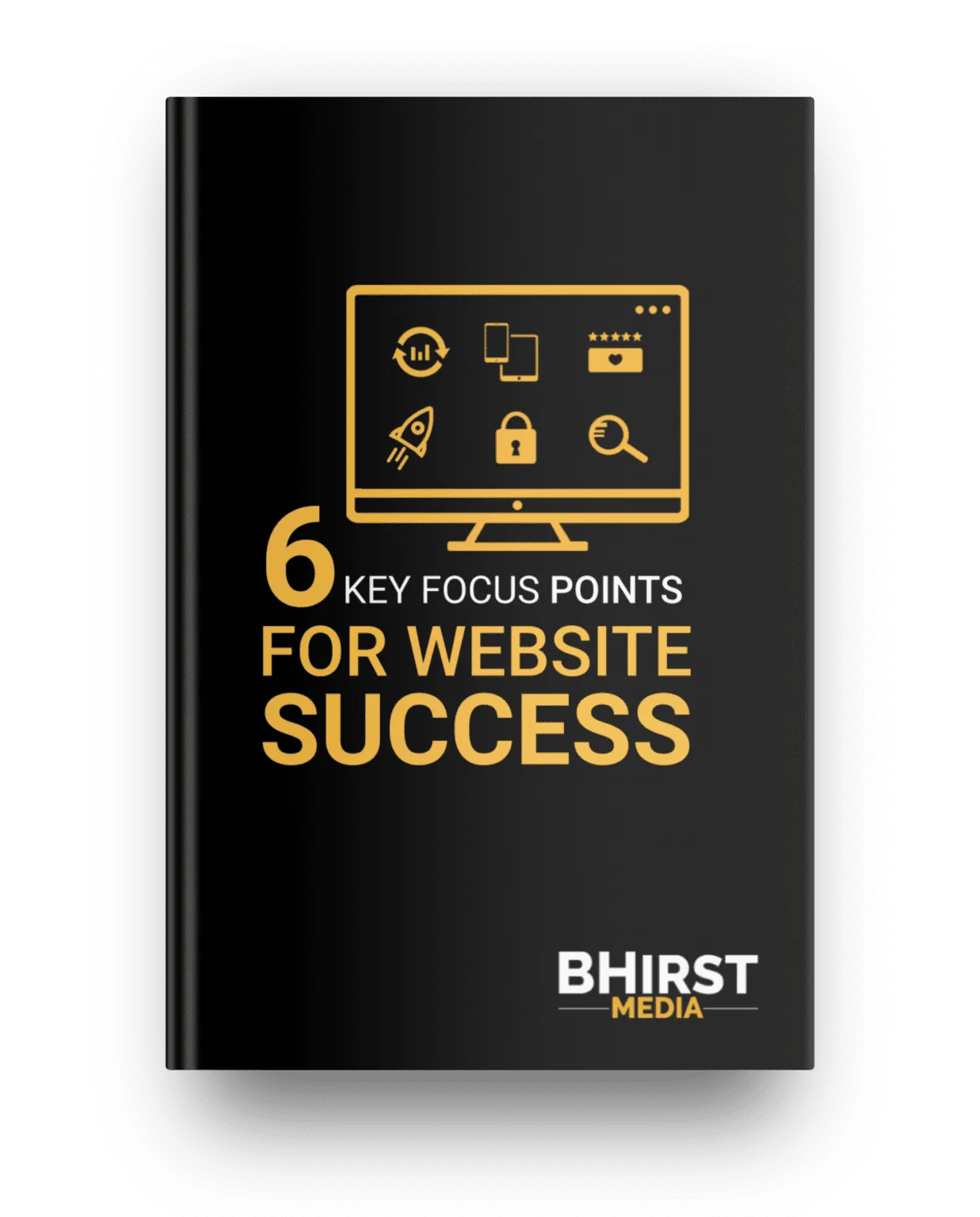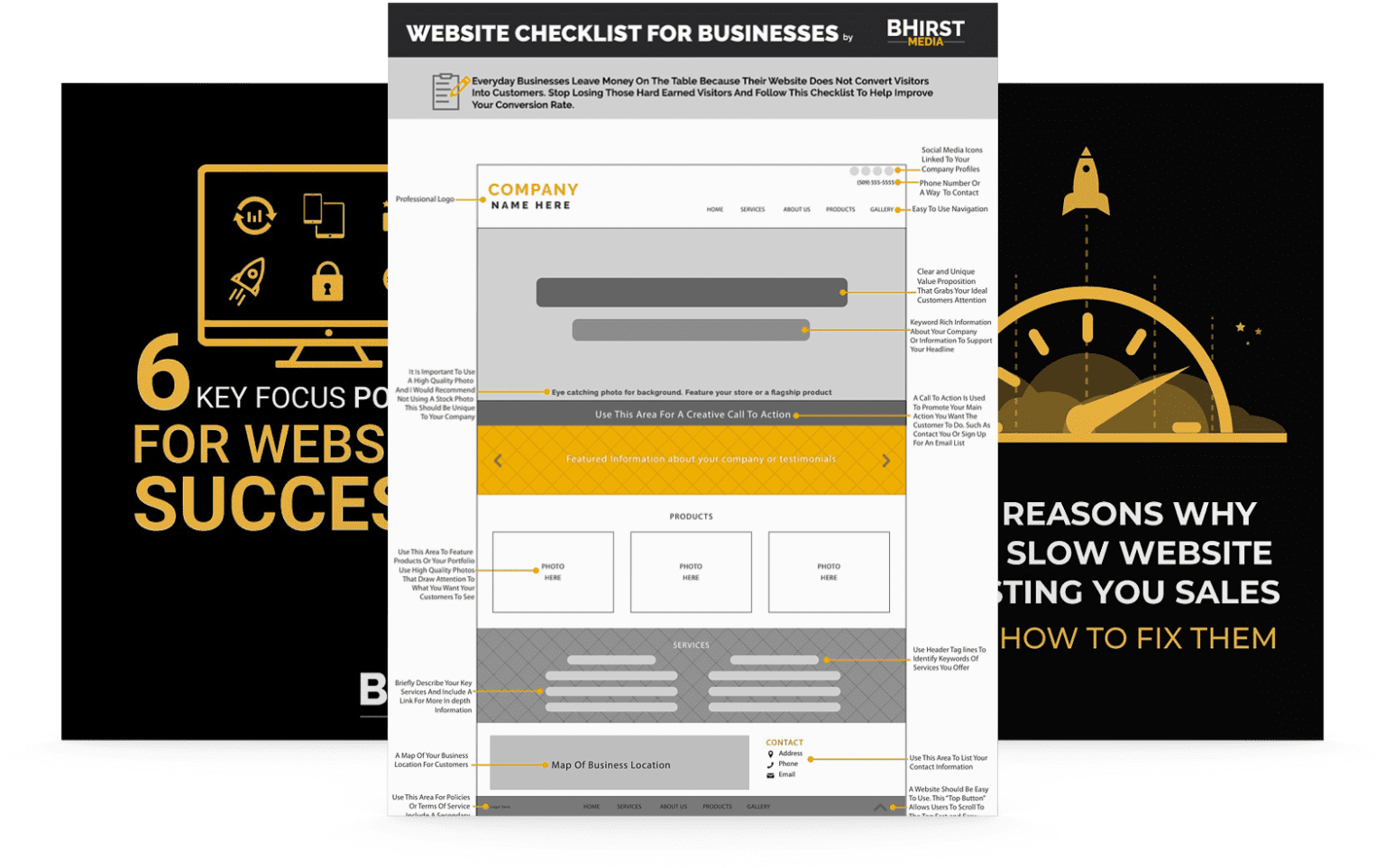
In today’s digital landscape, businesses often feel pressured to maintain a constant presence across multiple social media platforms while pouring money into paid advertising. However, there’s a more reliable, cost-effective method that delivers consistent results: email marketing. With an impressive ROI of $42 for every $1 spent, email marketing stands as one of the most powerful tools for sustainable business growth.
Email marketing outperforms both social media and paid advertising in customer acquisition, proving to be 40 times more effective than Facebook and Twitter combined. This remarkable effectiveness stems from email’s direct and personal nature, allowing businesses to build meaningful relationships with their audience without relying on unpredictable algorithms or platform restrictions.
Nearly half of B2B marketers report that email produces their best results as a distribution channel. This success rate isn’t surprising, considering that 99% of consumers check their email daily, with many checking up to 20 times per day across personal and professional accounts.
While social media platforms may restrict your reach or change their algorithms overnight, your email list remains a valuable asset you own and control. This ownership ensures consistent communication with your audience, regardless of external platform changes.
Choosing the right email marketing platform forms the cornerstone of your success. Modern platforms offer various features and pricing models designed to accommodate different business needs and growth stages. Consider factors such as user-friendly interfaces, automation capabilities, and scalability when making your selection.
M-Life stands out for beginners with its intuitive interface and limited free plan, making it an excellent starting point. Floes offers robust drag-and-drop capabilities but comes at a premium price point. Actor Campaign provides advanced automation features but may become costly as your list grows. Onre delivers comprehensive functionality including CRM integration and unlimited contacts for a fixed rate.
The success of your email marketing strategy hinges on creating content that resonates with your audience. Research shows that personalized email campaigns improve click-through rates by 14% and conversion rates by 10%. Focus on delivering value-driven content that addresses your subscribers’ specific needs and challenges.
Welcome emails demonstrate particularly impressive results, achieving open rates of 82% because recipients actively expect and look forward to this initial communication. This presents a prime opportunity to establish a strong connection with new subscribers and set the tone for future interactions.
Automated email sequences generate 320% more revenue than non-automated campaigns, highlighting the importance of implementing strategic automation in your email marketing program. These automated workflows help nurture relationships and guide subscribers through their customer journey effortlessly.
Growing an engaged email list requires strategic planning and consistent execution. Rather than focusing solely on numbers, prioritize attracting subscribers who genuinely want to engage with your content. According to recent studies, 86% of consumers willingly share their email addresses in exchange for personalized experiences and special incentives.
Implementing effective list-building strategies involves creating valuable lead magnets, optimizing website sign-up forms, and leveraging in-person opportunities to collect email addresses. Each touchpoint should clearly communicate the value proposition of joining your email list.

Successful email marketing campaigns follow proven best practices that enhance deliverability and engagement. Research indicates that emails sent between 9 AM and 12 PM achieve optimal open rates, with Tuesday being the most effective day for sending marketing emails according to 27% of marketers.
Mobile optimization plays a crucial role, with approximately 49% of all emails being opened on mobile devices. Responsive design can increase mobile click rates by up to 15%, making it essential to ensure your emails display perfectly across all devices.
Maintaining a consistent email presence helps establish trust and keeps your brand top-of-mind. Studies show that lower email frequency correlates with higher click-through rates, with weekly newsletters achieving a 3.44% click-through rate compared to 2.75% for twice-weekly sends.
Regular communication through email nurtures customer relationships and increases the likelihood of purchases when subscribers are ready to buy. This consistent presence builds familiarity and trust over time, leading to stronger customer relationships.
Research indicates that weekly emails typically generate the highest engagement rates, with an average click-through rate of 3.44%.
The most effective subject lines contain approximately 43 characters and incorporate personalization, which can increase open rates by up to 50%.
Yes, studies show email marketing is 40 times more effective at acquiring customers than Facebook and Twitter combined.
Track key metrics including open rates (industry average: 21.33%), click-through rates (average: 2.96%), and conversion rates to gauge campaign effectiveness.
The data clearly shows that email marketing remains one of the most effective channels for business growth in 2025. With proper implementation of these strategies and consistent execution, you can build a powerful email marketing program that drives sustainable business growth without relying on social media or paid advertising.
Start by selecting an email platform that matches your needs, create valuable content that resonates with your audience, and focus on building genuine relationships with your subscribers. Remember, successful email marketing is about delivering value consistently while respecting your subscribers’ preferences and privacy.
